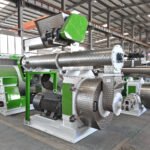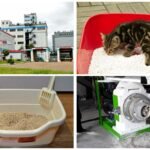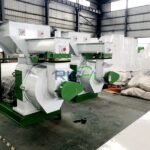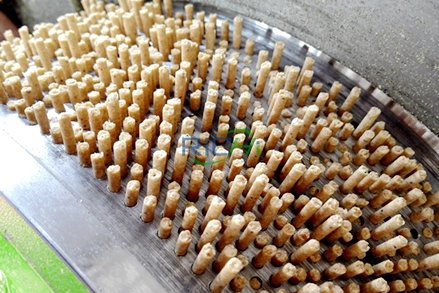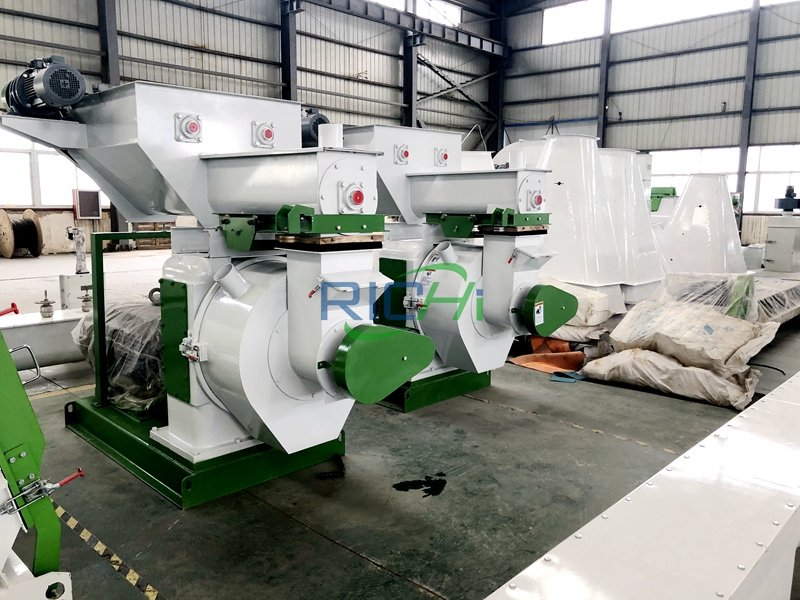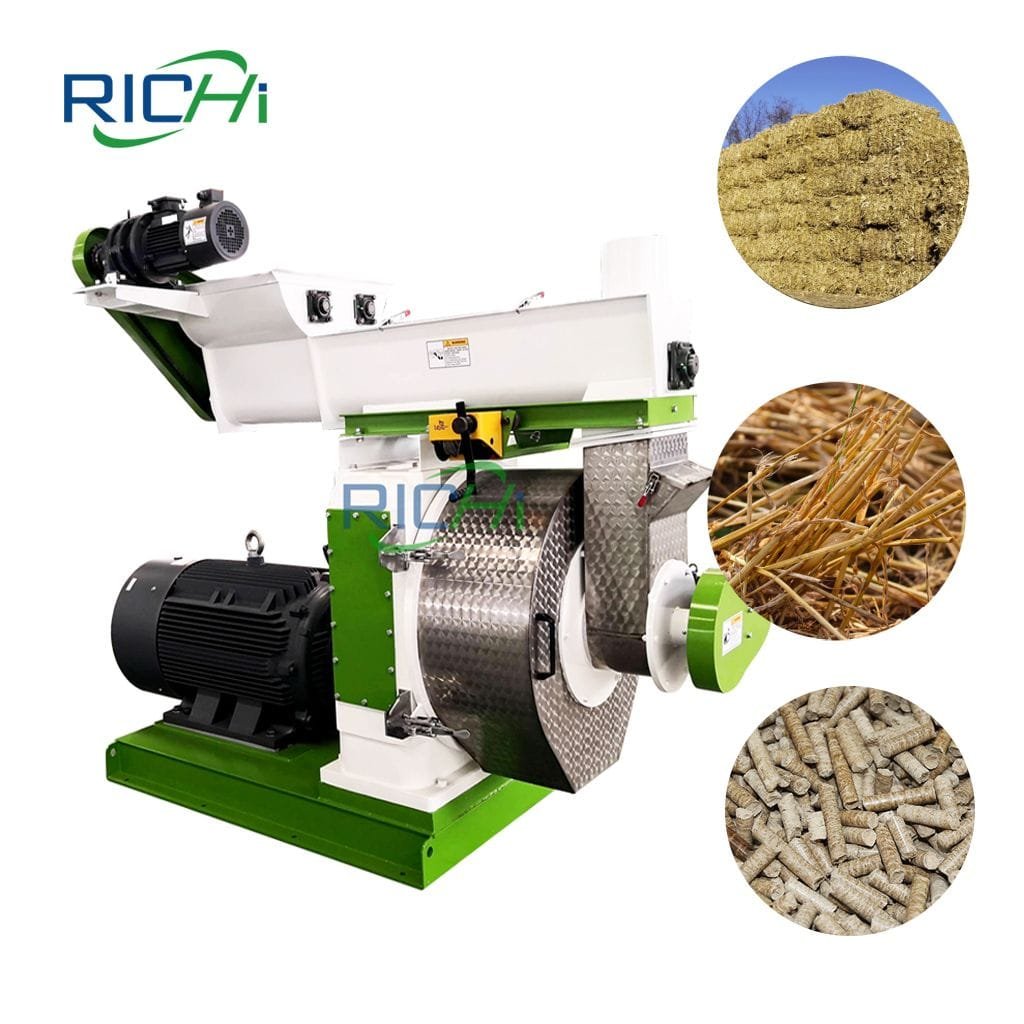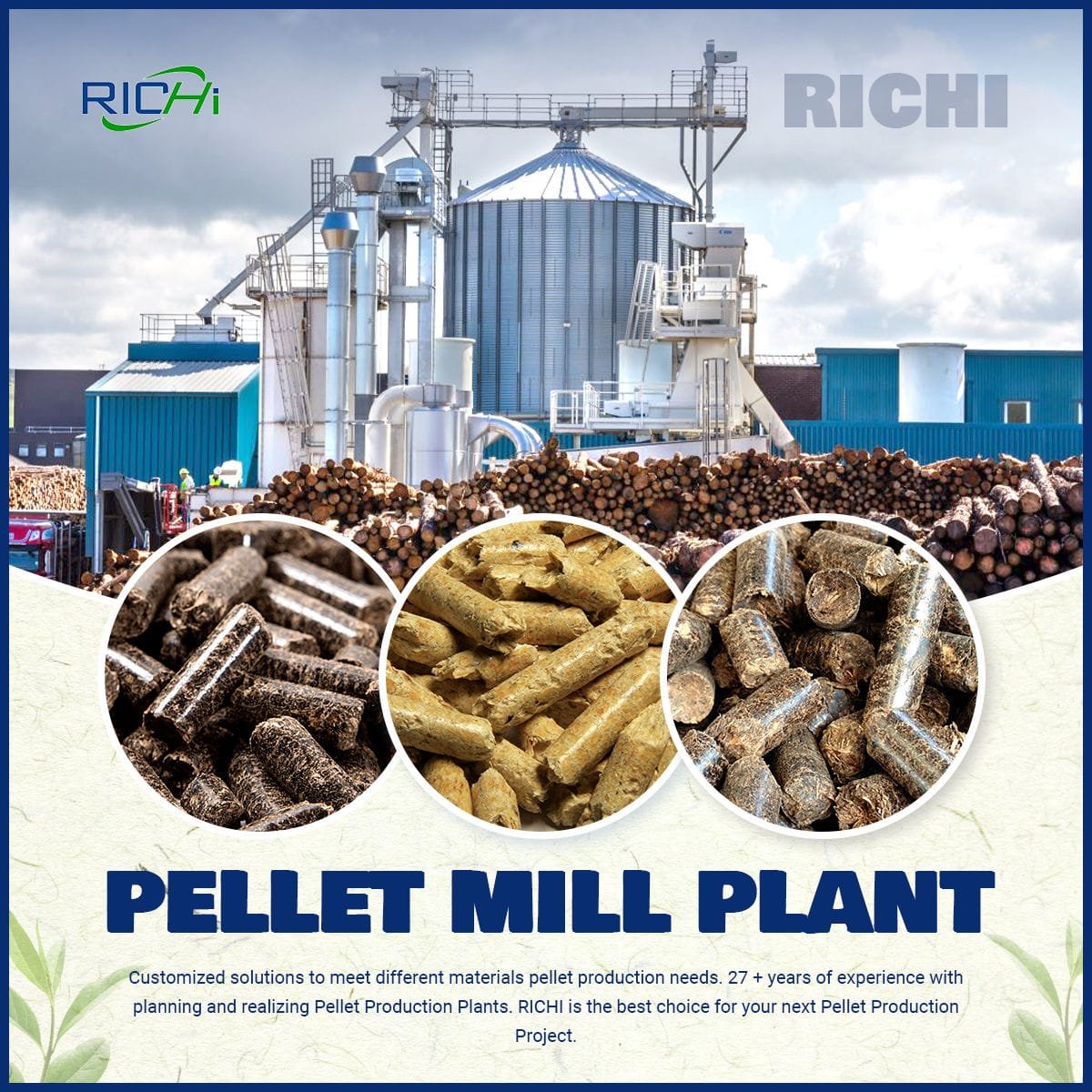Straw pellet machines have become increasingly popular for converting agricultural waste into valuable fuel pellets. However, to ensure efficient operation and high-quality pellet production, several key issues need attention when using these machines. This article explores the critical factors to consider when operating a straw pellet machine for fuel pellet production.
- Raw Material Preparation
The quality of the input material significantly affects the pelletization process and the final product quality. When using a straw pellet machine, consider the following:
- Moisture Content: Straw should have a moisture content between 10-15%. Excessive moisture can lead to clogging, while too little moisture can result in poor pellet binding.
- Particle Size: Ensure the straw is properly ground to a uniform size, typically 3-5mm. Inconsistent particle size can lead to uneven pellet density and quality.
- Contaminant Removal: Remove any foreign materials like stones, metal pieces, or non-straw elements that could damage the machine or affect pellet quality.
- Machine Setup and Calibration
Proper setup and calibration of the straw pellet machine are crucial for optimal performance:
- Die Selection: Choose the appropriate die size based on the desired pellet dimensions and the characteristics of your straw.
- Roller Adjustment: Ensure proper gap between the rollers and die to achieve the right compression ratio.
- Feed Rate: Calibrate the feed rate to match the machine’s capacity and prevent overfeeding or underfeeding.
- Temperature Control
Temperature plays a vital role in the pelletization process:
- Preheating: Properly preheat the die to the optimal operating temperature before starting production.
- Monitoring: Continuously monitor the temperature during operation. Excessive heat can lead to pellet degradation, while insufficient heat may result in poor binding.
- Cooling: Implement an effective cooling system to bring the pellets to the appropriate temperature for storage or packaging.
- Pressure Management
Maintaining the right pressure is essential for producing high-quality straw pellets:
- Compression Ratio: Adjust the compression ratio to achieve the desired pellet density without overloading the machine.
- Pressure Consistency: Ensure consistent pressure throughout the production process to maintain uniform pellet quality.
- Lubrication and Maintenance
Regular maintenance is crucial for the longevity and efficiency of the straw pellet machine:
- Lubrication Schedule: Adhere to a strict lubrication schedule for all moving parts to reduce wear and prevent breakdowns.
- Die and Roller Inspection: Regularly inspect and replace dies and rollers as they wear out to maintain pellet quality and production efficiency.
- Cleaning: Implement a thorough cleaning routine to prevent buildup of material that could affect machine performance.
- Pellet Quality Control
Continuously monitor the quality of the produced pellets:
- Density Testing: Regularly check pellet density to ensure it meets the required standards for fuel pellets.
- Durability Testing: Conduct durability tests to ensure pellets can withstand handling and transportation without breaking down.
- Moisture Content: Monitor the final moisture content of the pellets, which should typically be below 10% for fuel pellets.
- Safety Considerations
Prioritize safety when operating the straw pellet machine:
- Dust Management: Implement effective dust collection systems to maintain air quality and prevent dust explosions.
- Emergency Procedures: Establish and train operators on emergency shutdown procedures.
- Personal Protective Equipment: Ensure operators wear appropriate PPE, including dust masks, safety glasses, and hearing protection.
- Environmental Factors
Consider the environmental impact of your pellet production:
- Emissions Control: Monitor and control any emissions produced during the pelletization process.
- Waste Management: Implement a system for managing any waste produced during the pellet making process.
- Energy Efficiency
Optimize the energy consumption of your straw pellet machine:
- Motor Efficiency: Use energy-efficient motors and consider implementing variable frequency drives.
- Heat Recovery: Explore options for recovering and reusing heat generated during the pelletization process.
- Pellet Storage and Handling
Proper storage and handling of the finished pellets are crucial:
- Storage Conditions: Store pellets in a dry, well-ventilated area to prevent moisture absorption.
- Handling Equipment: Use appropriate handling equipment to minimize pellet breakage during transportation and storage.
Conclusion
Operating a straw pellet machine for fuel pellet production requires attention to numerous factors, from raw material preparation to final product handling. By carefully managing these aspects, producers can ensure efficient operation, high-quality pellets, and a sustainable production process.Regular monitoring, maintenance, and optimization of the pelletization process are key to success.
As the demand for biomass fuel pellets continues to grow, mastering these considerations will be crucial for producers looking to capitalize on this market opportunity while contributing to sustainable energy solutions.By addressing these key issues, operators of straw pellet machines can maximize productivity, ensure product quality, and maintain a safe and efficient production environment. As technology continues to evolve, staying informed about the latest advancements in straw pellet machine design and operation will be essential for long-term success in the fuel pellet production industry.
Related post: Straw Pellet Production Line



